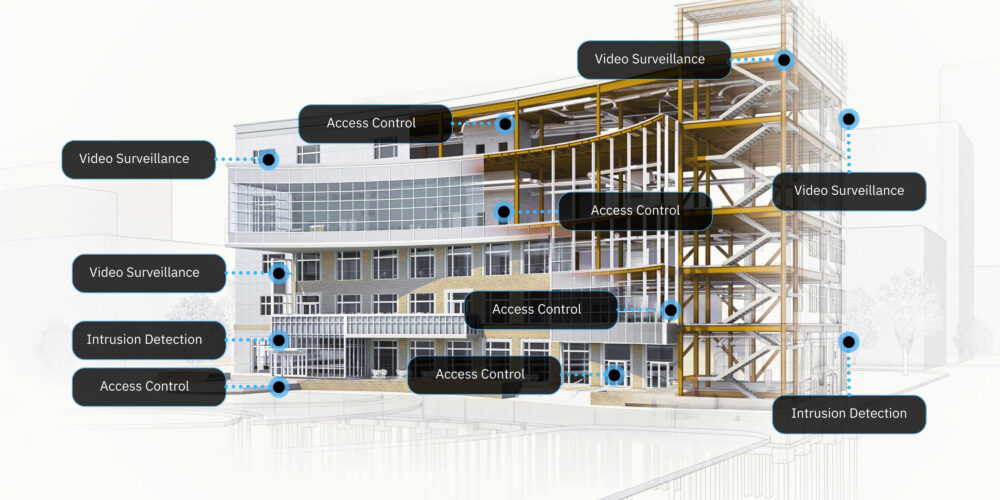Security-by-Design Aims Fall Short, Adding Up to 20% to Construction Costs
Brivo report finds that a mismatch between ambition and reality in security-by-design leads to spiraling costs.

Photo courtesy of Brivo
BETHESDA, Md.—Global cloud-based access control and smart building technologies platform Brivo today announces the results of its research into integrated physical security in building design by architecture, engineering and construction (AEC) practitioners.
The report finds that, despite an increased commitment to “security-by-design” principles, the industry is still spending significant time and money post-build to fix security issues, risking dire retroactive effects.
The report, The State of ‘Security-by-Design’: Is Security an Afterthought in Building Design?, surveyed 800 decision-makers in building design across the US, UK, and the DACH regions. The results show that physical security is, today, more important in building design than ever.
A decade ago, security was not considered a top priority, but it is now a top three concern—only safety and sustainability were seen as more important.
The good news is that AEC practitioners have responded to this demand, and 56% now have a process for integrating security into building design and 41% are currently implementing such a process. There is also a good understanding of the need for physical security to be an integral part of design, rather than “patched-in” later, with 94% of AEC practitioners agreeing.
However, reality is falling short of ambition. When responsible for security post-build, many report that fixing physical security problems adds additional costs as high as 20%.
“Time and money spent fixing security issues post-build are a problem, but it’s the retroactive effects that can create real issues,” says Paula Balmori, director of global security design & system integrations for Brivo, in the company announcement.
“Failing to reach milestones can trigger contractual clauses that lead to damages, and clients can even end up taking legal action if delays are excessive and lead to a break of contract,” she says.
More About Security-by-Design
When asked about the greatest barriers to implementing security-by-design, respondents cited regulations, budget constraints and design and aesthetic conflicts as the main problems they encountered, reflecting a change in priority that the industry has yet to fully grapple with.
But demands for integrated physical security in design are here to stay: 89% of respondents reported that security was a part of the design briefs they received, and 88% have seen a rise in customer demand for security integration.
“It would be madness today to design a building and leave plumbing, heating and lighting as an afterthought to be figured out later—similarly, we would not expect construction to be postponed because of issues with the planning of these key utilities,” says Balmori in the announcement.
“Physical security needs to be seen the same way,” she says. “Too often we see sub-par solutions put in place because not enough thought was given to security at the design stage. The good news is that the industry understands this issue—now, they just need to make sure that the results match this understanding.”
If you enjoyed this article and want to receive more valuable industry content like this, click here to sign up for our FREE digital newsletters!

Security Is Our Business, Too
For professionals who recommend, buy and install all types of electronic security equipment, a free subscription to Commercial Integrator + Security Sales & Integration is like having a consultant on call. You’ll find an ideal balance of technology and business coverage, with installation tips and techniques for products and updates on how to add to your bottom line.
A FREE subscription to the top resource for security and integration industry will prove to be invaluable.







